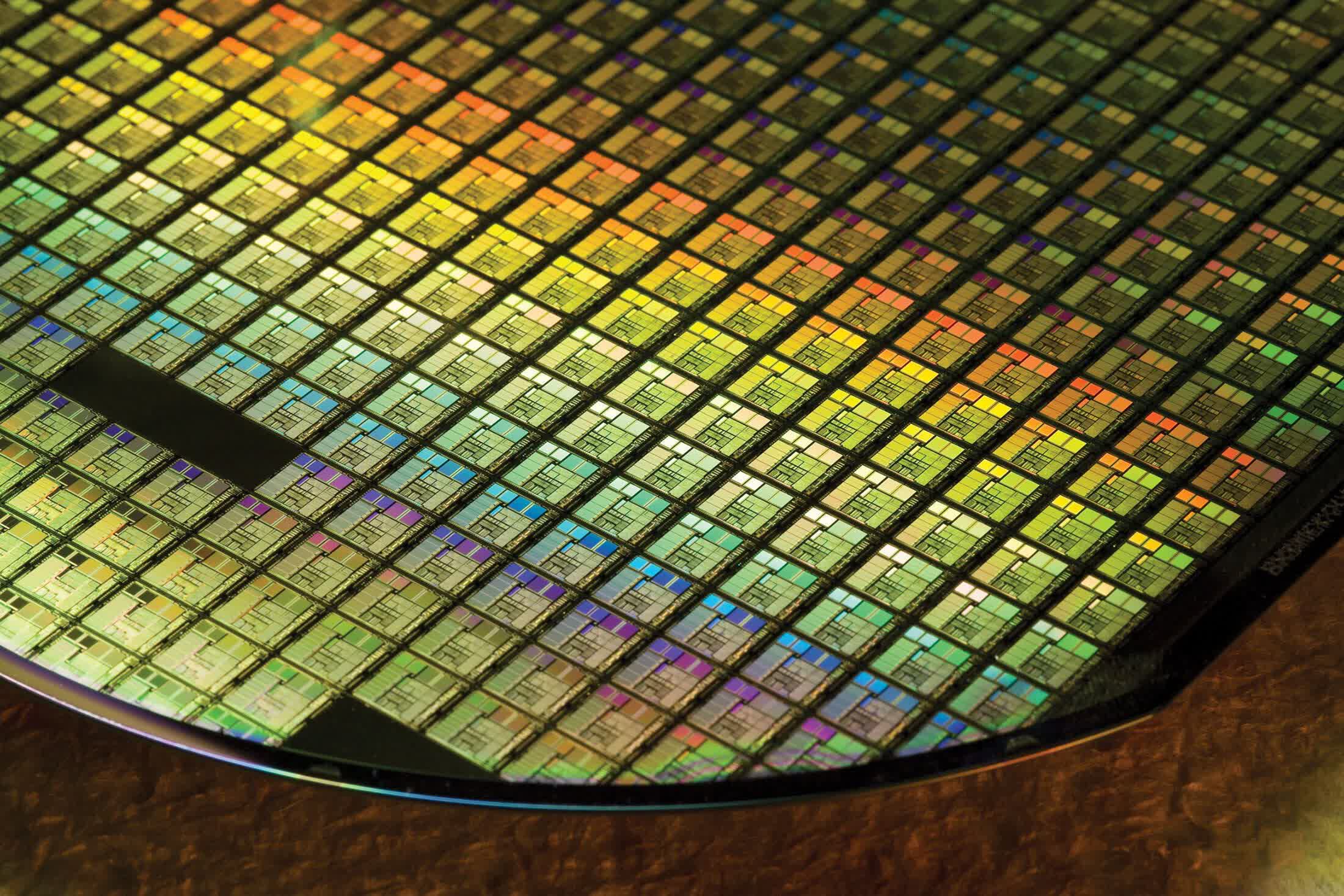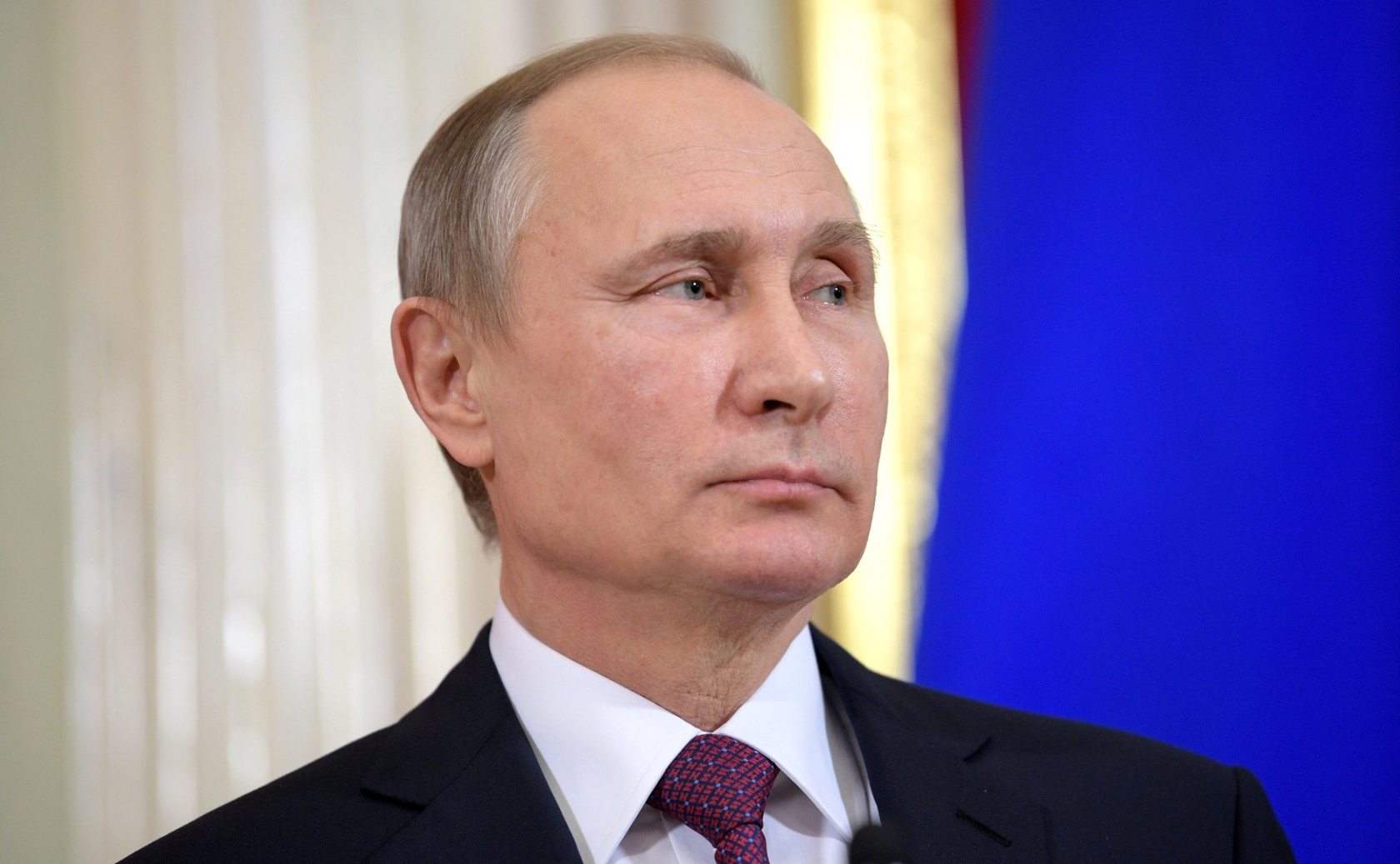In brief: While Taiwan still allows Russia and Belarus to purchase CPUs from businesses within the East Asian country, there are some big caveats: their clock frequencies be under 25 MHz, and performance is limited to under 5 GFLOPS.
DigiTimes reports that Taiwan's Ministry of Economic Affairs (MOEA) published a list this week of strategic high-tech commodities banned from exportation to Russia and Belarus. The latter country is included as MOEA believes it could help Russia import such goods.
The list, which is in accordance with Category 3 to Category 9 of the Wassenaar Arrangement, covers not only modern chips but also technology that could make or reverse engineer them, including lithography equipment, scanners, and scanning electron microscopes.
As for the chips that Russia and Belarus can buy from Taiwan, there are plenty of restrictions; they must not have a performance of 5 GFLOPS or higher. The Nintendo 3DS, for comparison, has a peak performance rated at 4.8 FP32 GFLOPS.

Additionally, the exported chips cannot have an ALU wider than 32 bits, more than 144 pins, basic gate propagation delay time of less than 0.4 nanosecond, or an external interconnection with a data transfer rate of 2.5 MB/s or over. Plus, their operating frequency must not reach 25 MHz or higher.
The sanctions imposed on Russia over the war with Ukraine have hit its chip supply hard, with Intel, AMD, and IBM stopping sales soon after the invasion began. The situation led to Russia allowing bootleg chip imports and even repurposing components from household items.
The government has invested $38.3 billion in Russia's local microelectronics industry in the hope of ramping up production using its current 90nm node and manufacturing 28nm chips by 2030, but Taiwan's new restrictions will likely impact those plans. With sanctions biting, Russia might start using China's Zhaoxin x86 chips, which aren't much use for anything beyond office-based work.
